Fitzroy Square in London
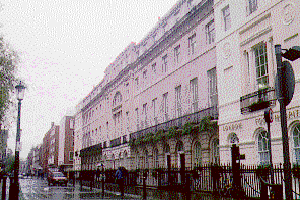
- The West side
- [click on the picture to enlarge it]
Fitzroy square was developed in the 1790s by a Fitzroy, Duke of Grafton, which explains the names of several streets and crescents named Grafton in the neighbourhood. The Fitzroys were descended from a son of Charles II and the Duchess of Cleveland (the family name meaning ‘son of the king’), who was created Earl of Euston after his wife’s Suffolk estate, hence the name of the London area close by. The East and South sides of the square are by Adam. He used reversed motifs in the centrepieces and in the corner pavilions, exchanging the Ionic order and an adaptation of the Corinthian order in form of palm leaves agreeing with the palmette frieze.
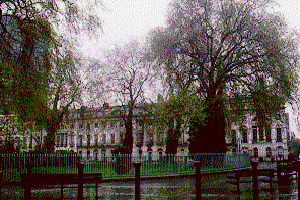
- The East side
- [click on the picture to enlarge it]
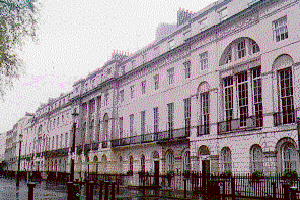
- The East side
- [click on the picture to enlarge it]
Reversed motifs
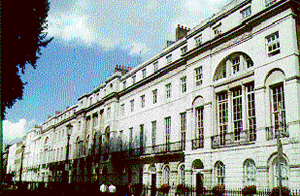
- The East side
- [click on the picture to enlarge it]
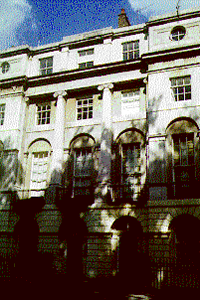
- Detail of the centrepiece: Ionic columns framed by Doric pilasters.
[click on the picture to enlarge it]
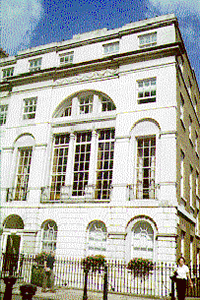
- Detail of the corner pavilion: Corinthian order (with palm leaves) surmounted by a Diocletian window.
[click on the picture to enlarge it]
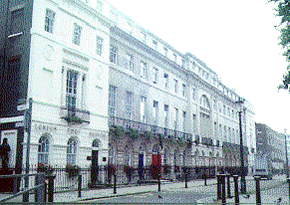
- The South side
- [click on the picture to enlarge it]
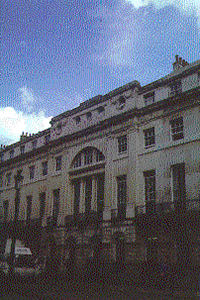
- Detail of the centrepiece: Corinthian order (with palm leaves) surmounted by a Diocletian window and framed by Ionic pilasters.
[click on the picture to enlarge it]
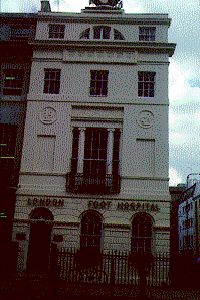
- Detail of the corner pavilion: Ionic columns
[click on the picture to enlarge it]

